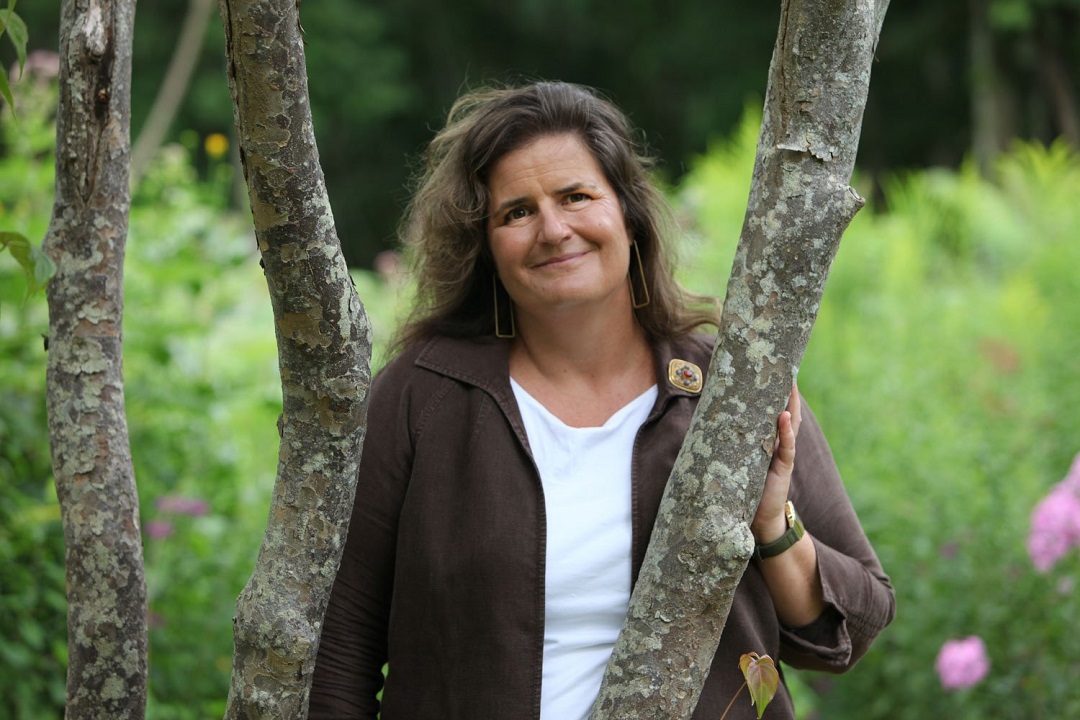
Moriarty Science Seminar: How the Herbarium Shaped Botany
October 7, 2024, 12:00 pm - 1:00 pm
Hybrid: Online and At the Museum
Event Navigation

Imperial Order: How the Herbarium Shaped Botany from the Enlightenment to the Early United States
Monday, October 7, 2024, 12:00 – 1:00 p.m.
Earth Theater and online via Zoom
Featuring Molly Hardy, National Endowment for the Humanities
This lecture is free, museum admission is not required.
A product of the Enlightenment, the herbarium cabinet lays out strictures for the natural world, and it became the way that botanical information was organized, but it also came to organize botanical thinking. Through its reordering of nature into the taxonomic system of categories and relationships within those categories, the herbarium takes the ecological system as it exists in the natural world and effectively makes a new system. This new system is what Dr. Hardy calls an “information ecology,” one in which the plant must first become a singular, individual unit— a species specimen—that then can be ordered to function in Botany’s taxonomic systems.
The talk begins with a look at Carl Linnaeus’ plans for the herbarium cabinet, laid out in his botanical treatise, Philosophia Botanica (1751). Linnaeus eschewed the bound book for a piece of furniture filled with plants dried on sheets and organized according to his botanical system. This new information architecture ordered flora in a way that reflected Botany’s inextricable ties to empire. The herbarium reflected the philosophical thinking underlying Linnaeus’ work, and then, the herbarium came to shape botanical thinking by atomizing plant communities and mechanizing plant specimens for ease of ordering and reordering, storing and retrieving.
Dr. Hardy next turns to Botany in the early United States, where the Linnaean system of botanical order was adopted. A century after Linnaeus, Asa Gray, a self-proclaimed “closet botanist,” praised the herbarium as the indispensable tool for the burgeoning field of plant science in the United States. The individuation of species, required for the herbarium to function, became Gray’s life work as he toiled tirelessly to classify and name the plants collected as the new nation expanded west. Plants from these peripheries of the American empire came east to be organized, and ordered, in Gray’s herbarium at Harvard.
Click here to register to attend virtually via Zoom. Registration is not necessary. Museum admission is not included with the lecture. Visitor Services staff can direct you to Earth Theater on arrival.
